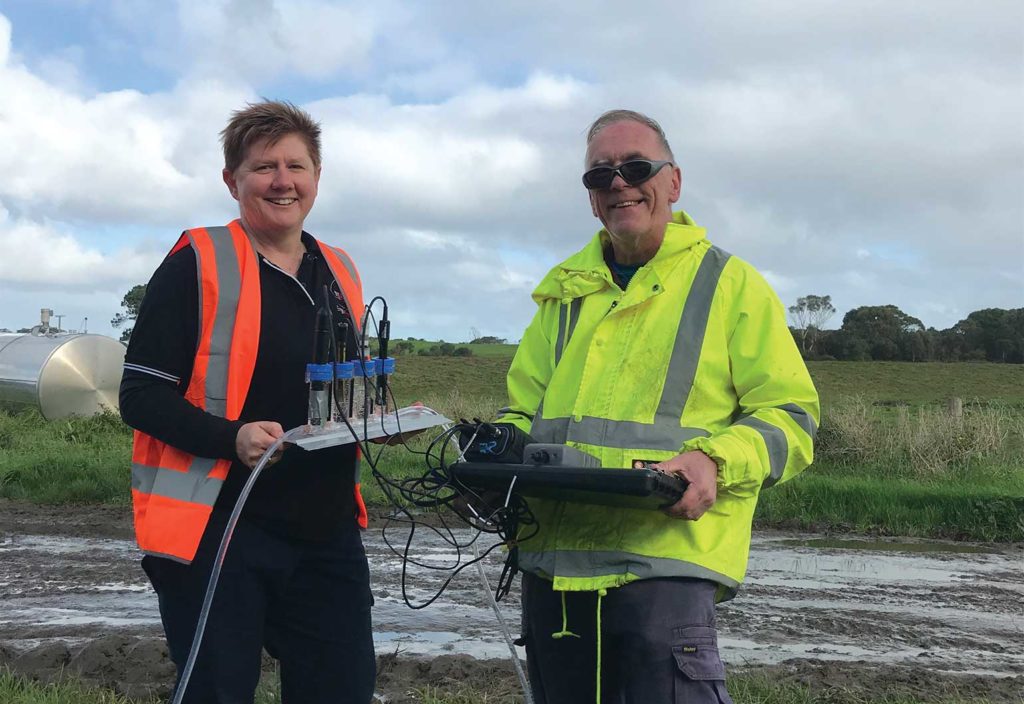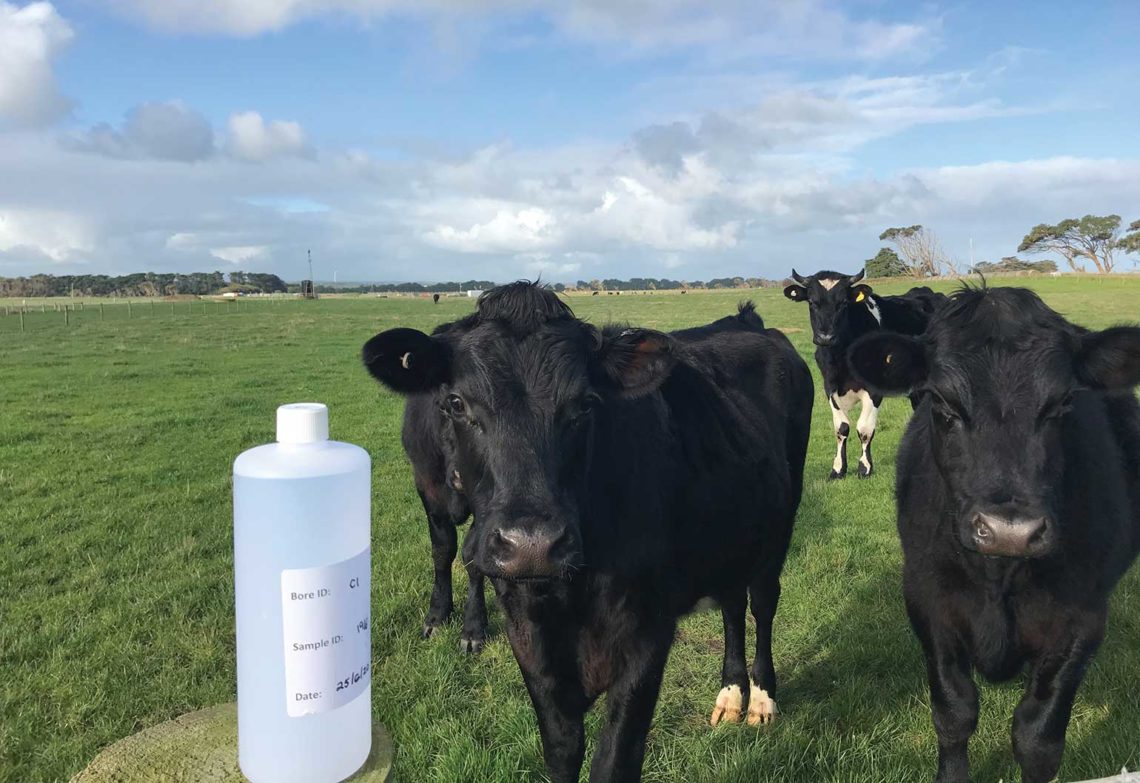New research is going into ensuring that Australia’s premier carbon capture and storage facility remains safe.
For the past 15 years, a site in south-west Victoria has been exploring how deep geological storage of carbon dioxide can be safe and effective.
The Otway National Research Facility, which is owned and operated by not-for-profit research organisation CO2CRC, has injected 80,000 t of carbon dioxide deep beneath the earth to be stored in a variety of geological formations.
More than 1.5 km of rock separates the carbon dioxide from the surface, but integral to the project is an assurance that the process does not contaminate the soil and groundwater near the site.

That’s why Professor Wendy Timms of the Deakin University School of Engineering is leading research into how to better monitor the nearby water quality.
“It’s really important for the community to have assurance that their water and environment is protected,” she told create.
“It’s important for the community to know that the farmland and the people that live in the area, in the region, are safe.”
The research aims to make it easier and cheaper to mitigate the effects of climate change.
“Our water technologies research team is focusing on the shallow aquifers and the soil bed and monitoring the environmental variations that we see over different seasons, to understand what the natural variations are, so that we can detect if any unexpected patterns are happening,” Timms explained.
One new approach the team is exploring is determining ways to fingerprint the quality and sources of trace amounts of water in the soil.
“Even if there’s only a drop or two of water or soil moisture, for example, in the soil, it’s now possible to do quite a lot of fingerprinting of that,” Timms said.
“When 20 or 30 years ago, we would need very, very large volumes of water to do that kind of fingerprinting.”
CO2CRC Chief Operations Officer Dr Matthias Raab praised the Deakin partnership.
“This partnership with Deakin allows us to build on 15 years of successful monitoring research and look for cost reductions that could enable the development of more commercial [carbon capture and storage] projects that have significant community and environmental value,” he said.
Timms described her team as being “really excited” to be involved in this work.
“It brings together a lot of our experience and our knowhow,” she said.
“The scale of the challenges that we face as a civilisation with energy and with climate change means that we need to have as many options for carbon sequestration available as we can.”



